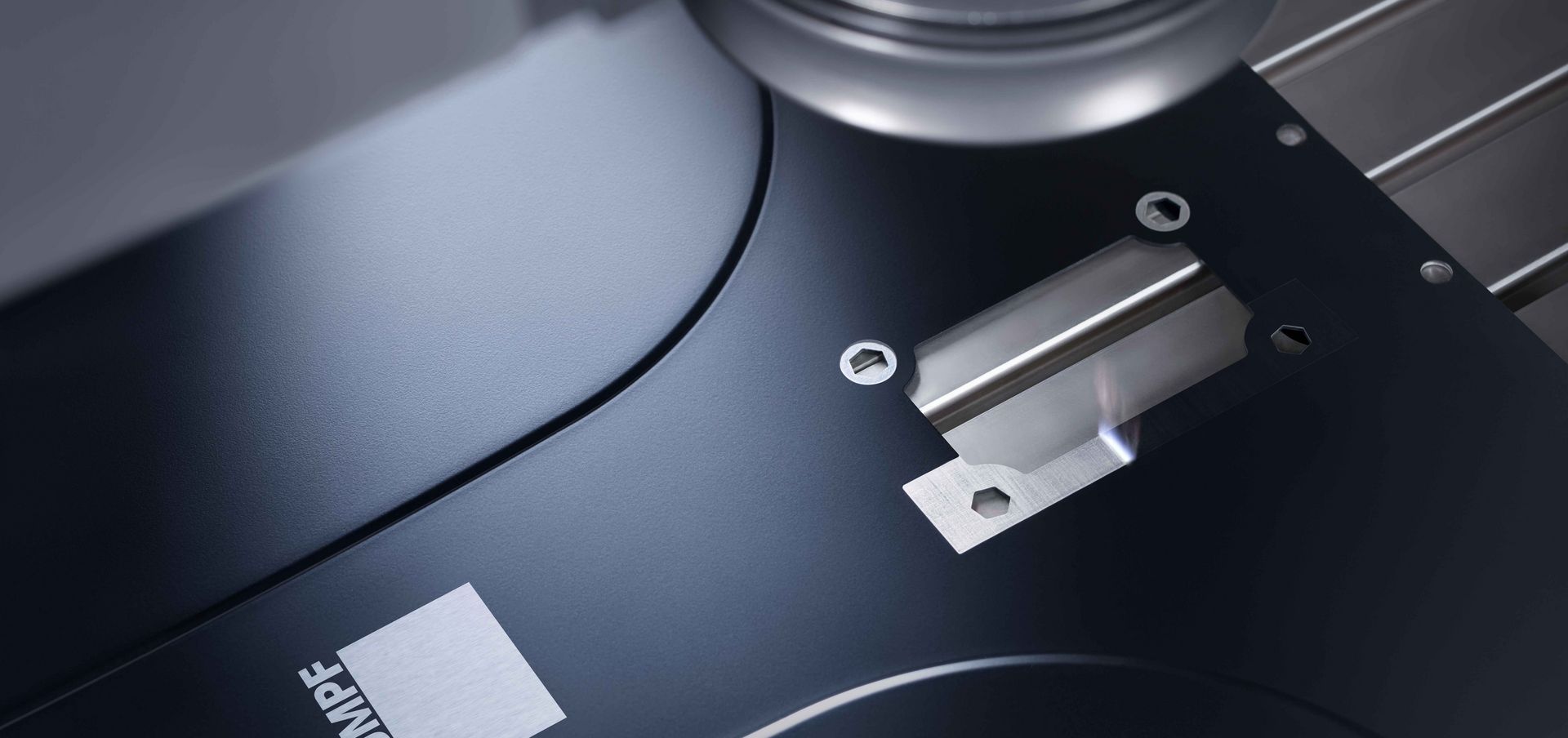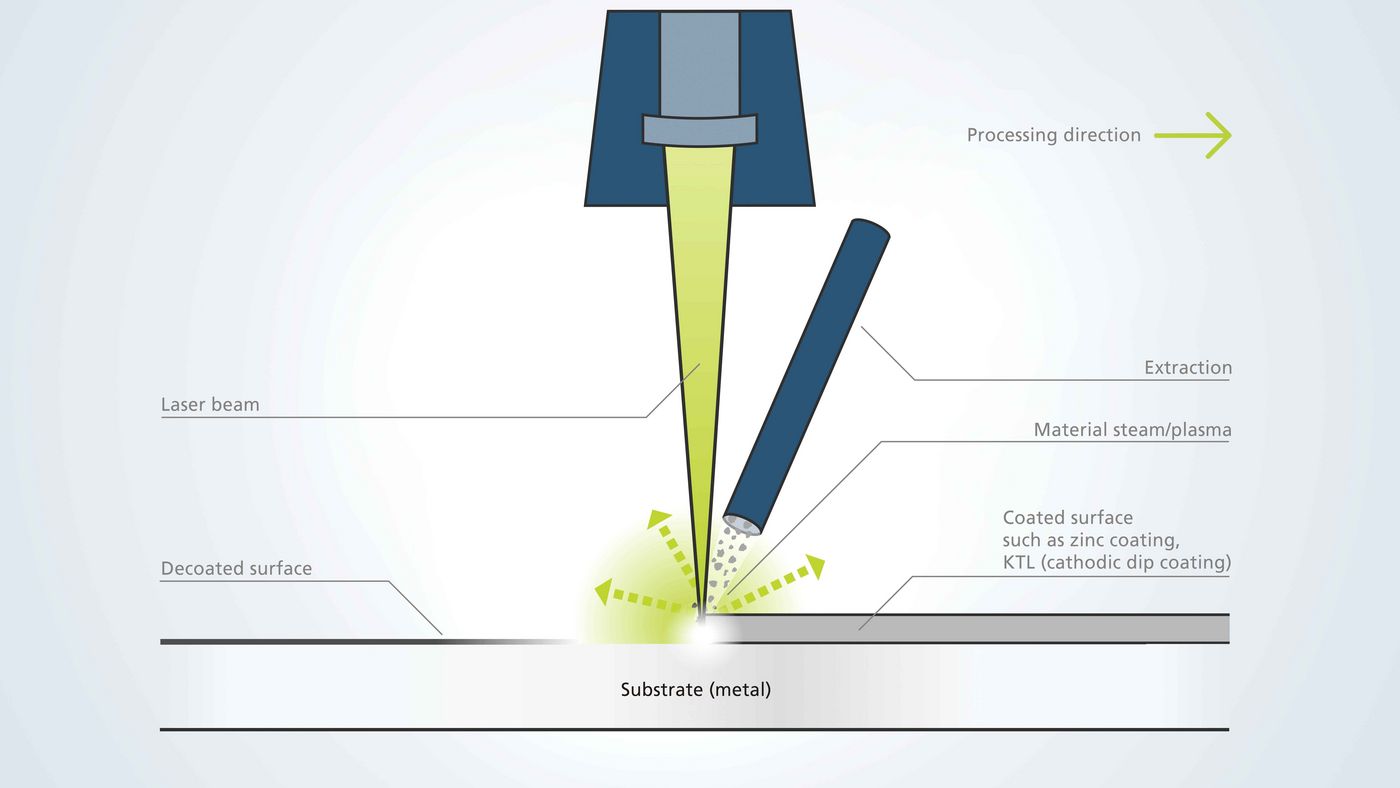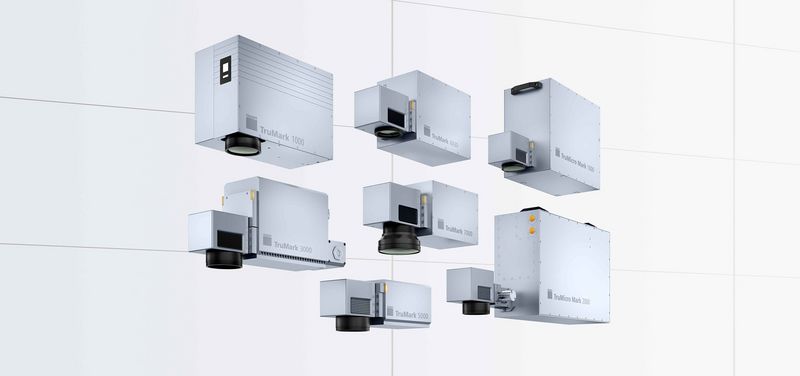Laser paint removal or ablation is a process during which functional layers are selectively removed from a surface using laser radiation (usually pulsed). The absorbing material is heated by laser energy and evaporates or sublimates.
The transparent material is ablated in its solid state. Geometrically defined sections are made accessible for subsequent processes (welding, bonding, screwing, sintering, contacting, etc.).
-
The laser radiation hits the workpiece surface.
-
The laser radiation heats the material.
-
The coating is removed by abrupt evaporation, sublimation or ablation.
-
The process products are removed using suction.











